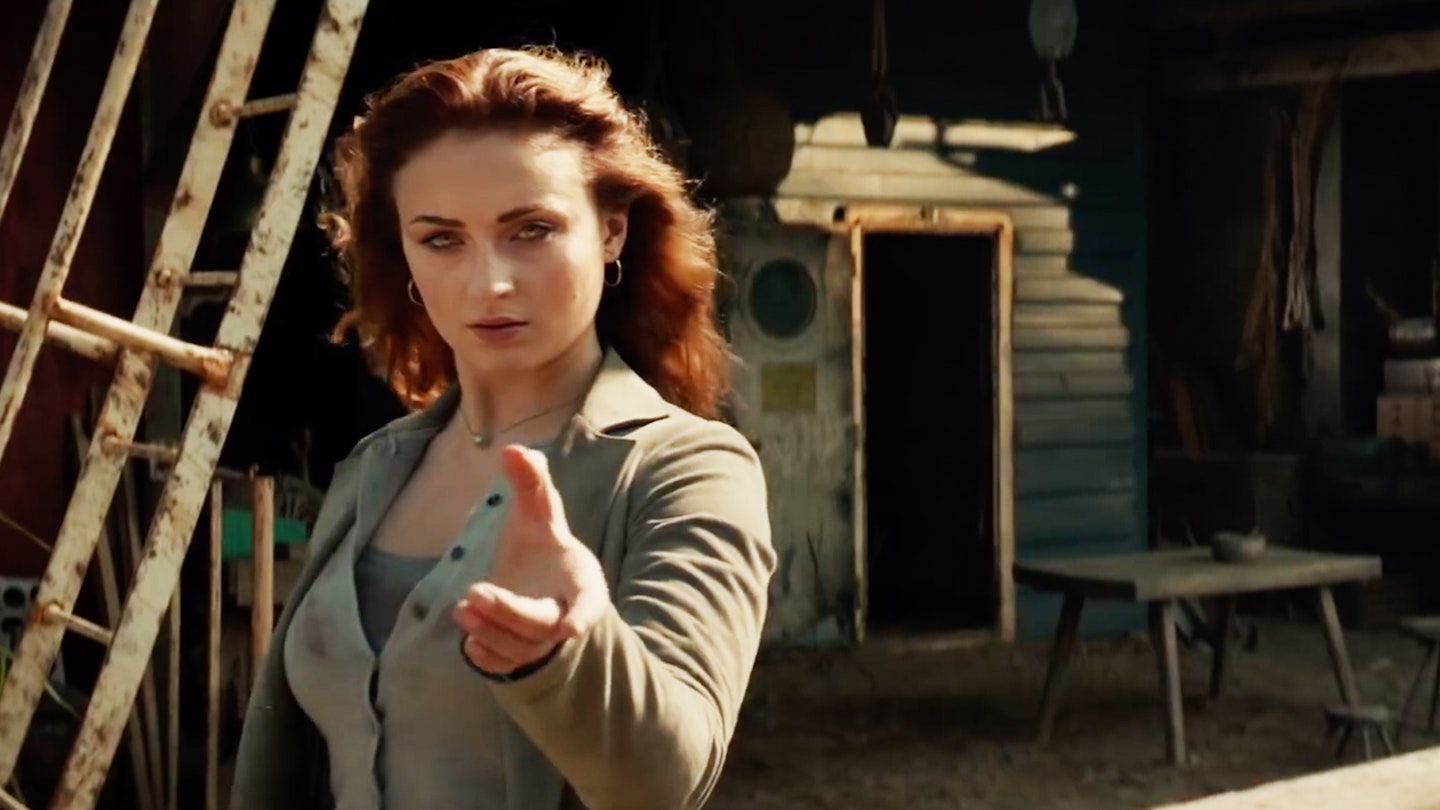When X-Men: The Last Stand attempted to pull off the classic Dark Phoenix storyline in 2006, it didn’t go as well as many would have hoped – including its co-writer, Simon Kinberg. He’s remained with the mutant saga through First Class and beyond – and now he’s set out as writer-director to give Jean Grey’s struggle with a greater power the big-screen treatment it deserves. The first trailer for X-Men: Dark Phoenix has just arrived, teasing a cosmic new direction for the comic book series, a mysterious figure in Jessica Chastain’s still-unknown character, and – at last – the classic X-Men get-up. Empire spoke to Kinberg to get the lowdown on the teaser – and he elaborated on plenty of intriguing tidbits.
1) Jean Grey: The Early Years
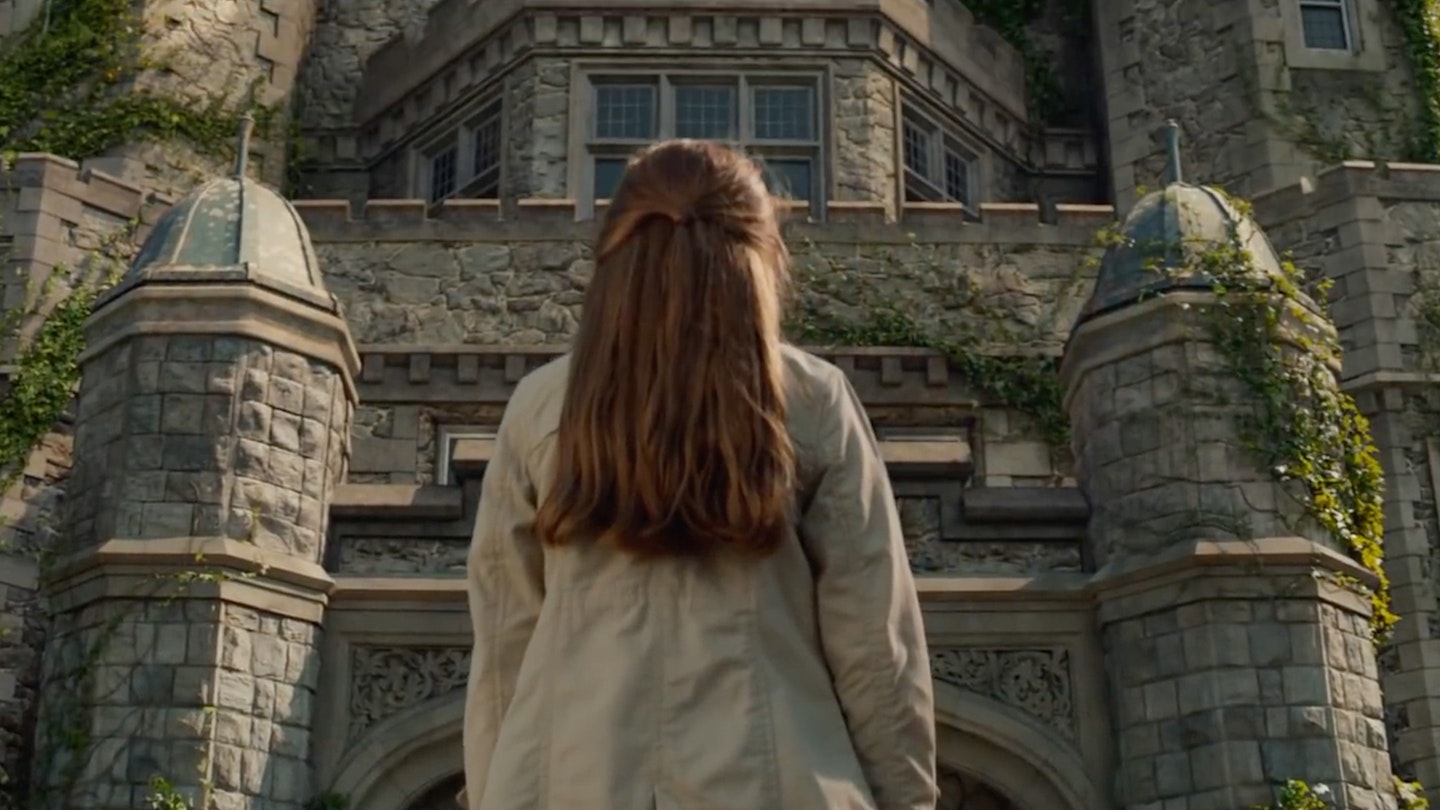
While X-Men: Apocalypse introduced a grown-up Jean to the First Class timeline, it turns out that Charles Xavier has a longer-standing relationship with her. “There are not a lot of flashbacks in the movie, but that foundational relationship between Young Jean and a younger Charles is one of the core themes of the film,” Kinberg explains. “The question of Jean’s relationship to her own powers becomes a big conflict for her throughout the film once she’s transformed by something that happens up in space, that has nothing to do with her childhood. It opens with a mission that takes them up into space that has consequences for Jean that ripple throughout the movie.”
2) The Professor’s Problem
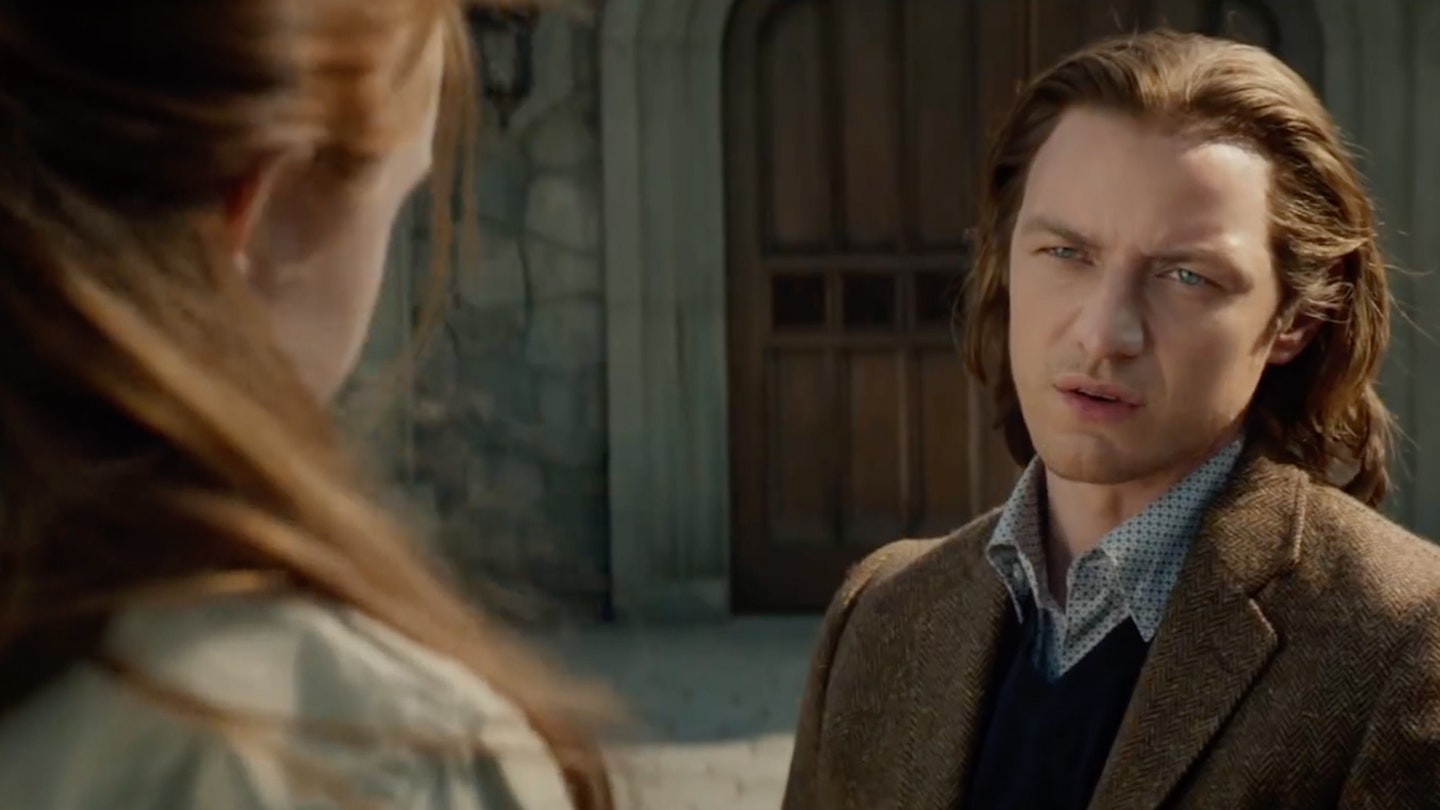
In previous tellings of the Dark Phoenix story, Professor X has limited Jean’s capabilities after seeing the full potential of her power – and the Dark Phoenix trailer teases at a similar strand here. “Charles has been hiding secrets about Jean’s past from her that get revealed over the span of the movie, and only make her more unstable,” say Kinberg. “It’s the most inopportune time for this character to become unstable emotionally, because she’s becoming unstable in a much different way after this cosmic thing that happened to her in space. In this way, Dark Phoenix is the most intimate, emotional and personal movie we’ve made, and yet also has the biggest breadth in terms of spanning beyond our planet, even beyond our galaxy. There’s a sense that the things that are happening emotionally for Jean and what’s happening cosmically inside her is making her incredibly unstable, dangerous, destructive.”
3) Present Day
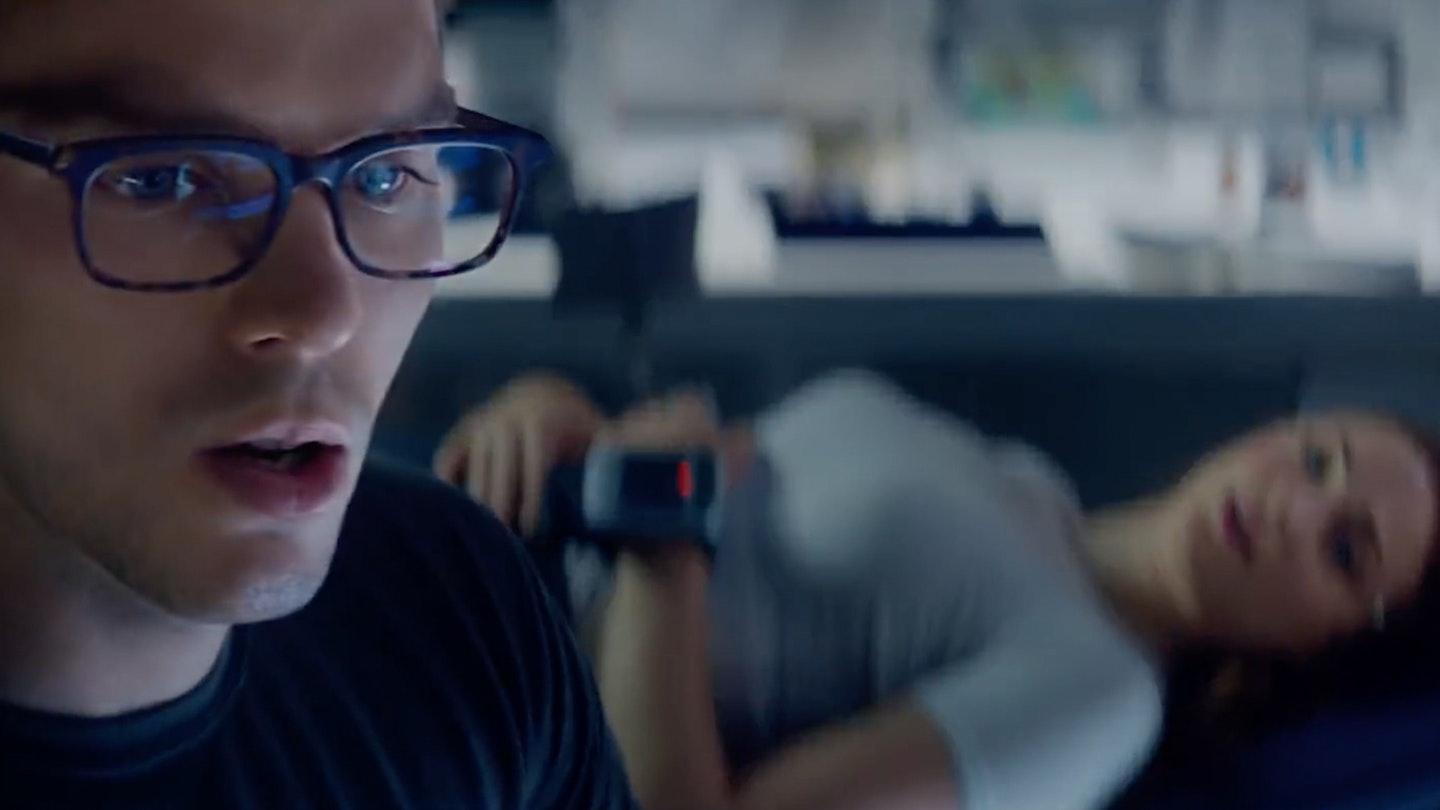
Cut back to the main timeline, and a reasonable amount of time has elapsed since we last saw Prof X and co. “It’s 1992, nine years after Apocalypse,” confirms Kinberg. “The X-Men have become the X-Men that many of us know from the comics – they are heroes. They’re still viewed as different by society, but they’ve been more embraced than ever before. And when the movie starts in 1992, they are a known superhero team.”
4) Suburban Outfitters
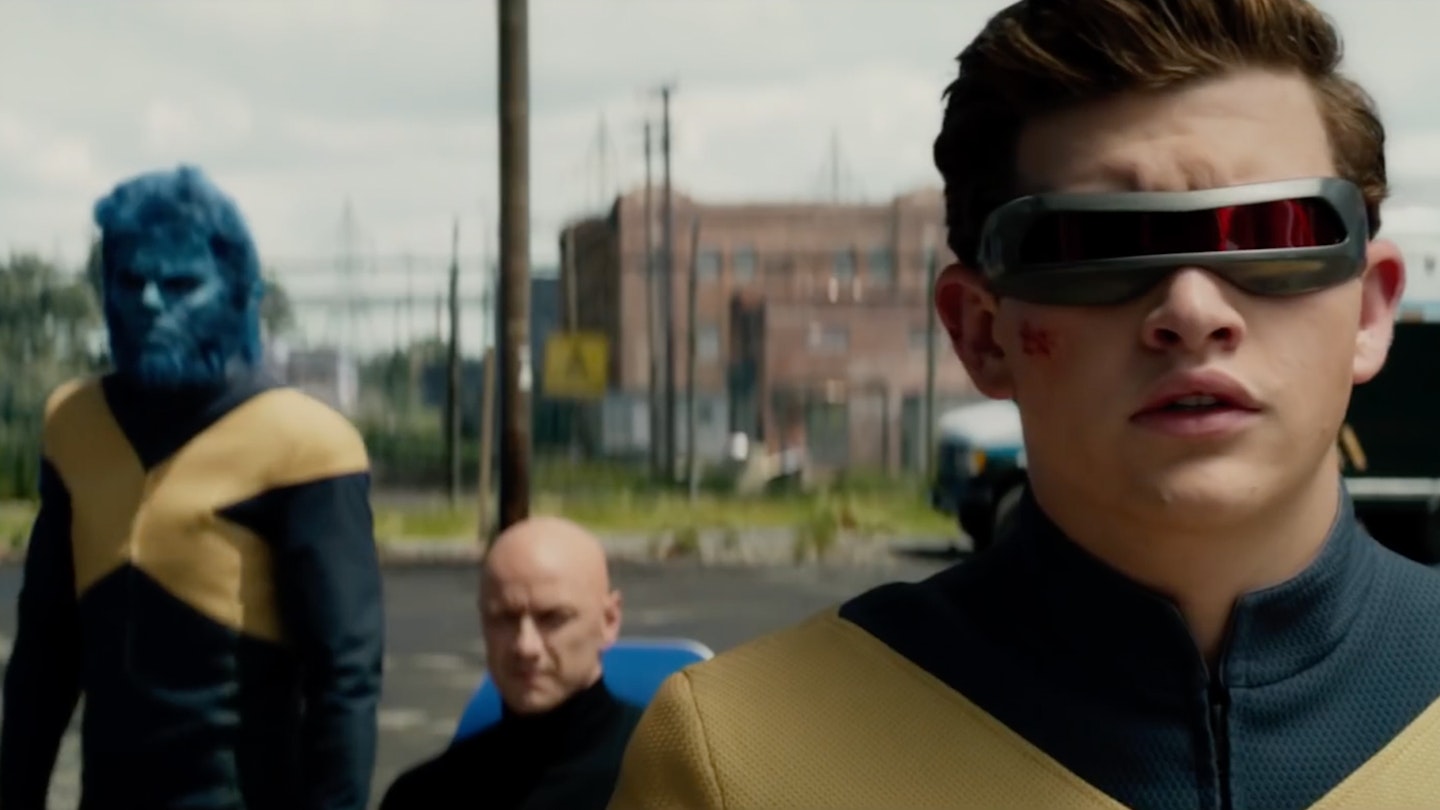
In a move sure to please many long-term fans, the X-uniform in Dark Phoenix finally brings in a classic yellow-and-blue design similar to the comic and cartoon incarnations. “I’ve been waiting to do that from the first time I ever got a call from Avi Arad,” Kinberg enthuses. “Avi and Kevin Feige were the chief two people that called me about an X-Men movie 15 years ago. We talked about the costumes, and what Bryan Singer had done I understood and liked, but they were very different to what I had grown up seeing in the comics. So I was excited finally as the director to have more of a say and clothe them in their classic costumes.”
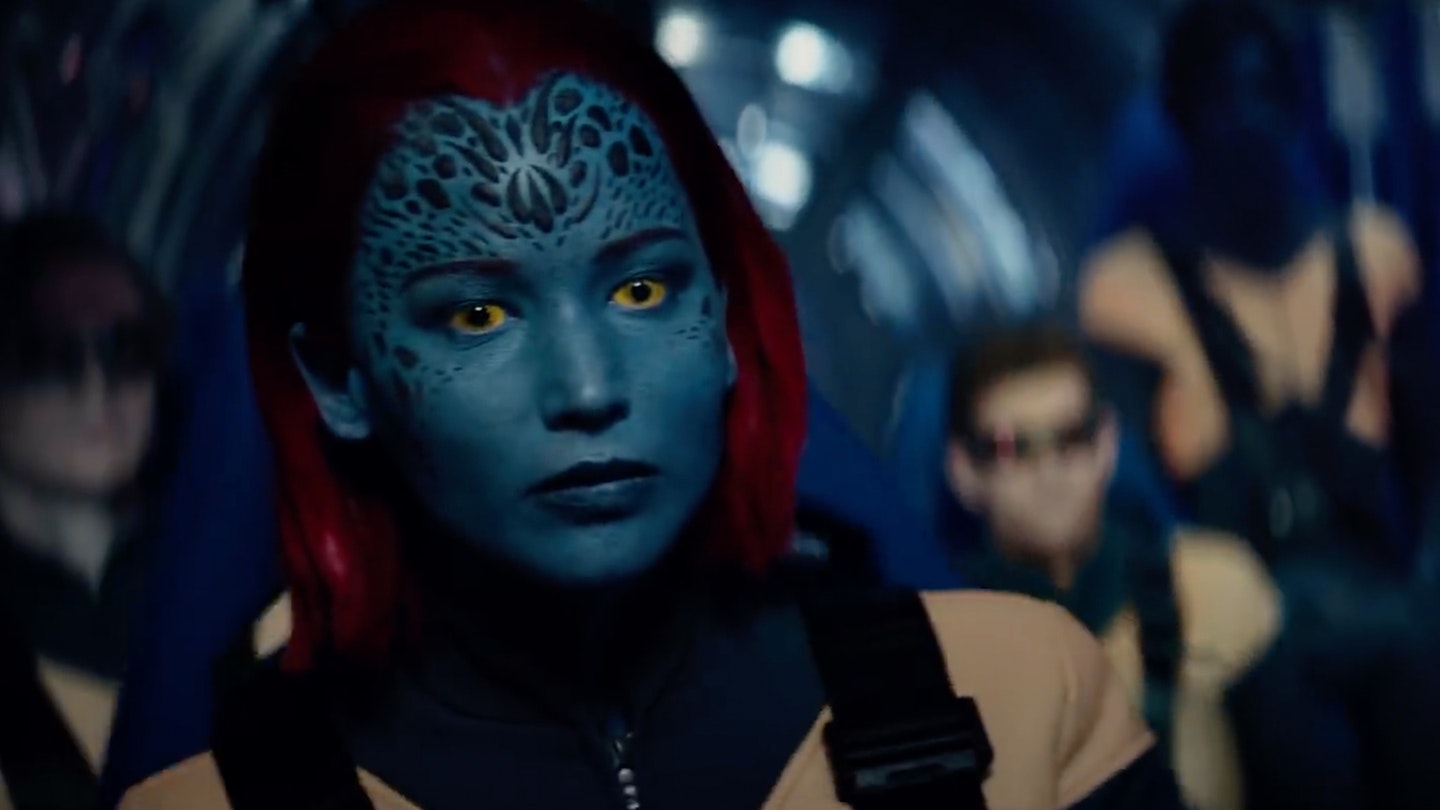
The new look pinches elements from various designs seen on page and screen over the years. “I had a board full of my favourite images from the comics, and then I worked with our costume designer, who also worked on Logan, to create something that was incredibly loyal to the comics and then also had a little bit of its own feel. There’s little nuances from the cartoons, the comics, from whatever it is that if you were a fan you grew up reading or watching.”
5) Sense Of Mystique
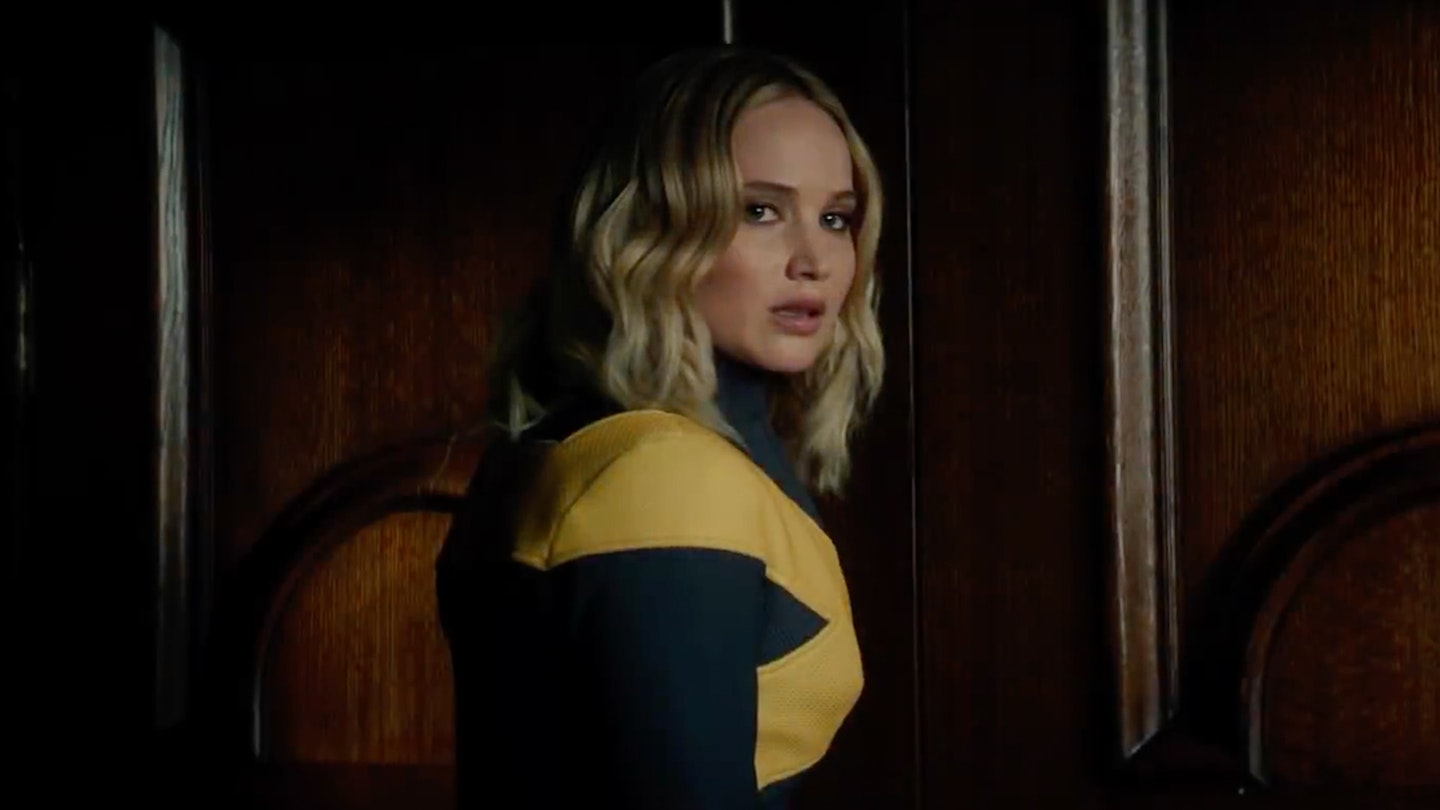
While Mystique was primarily an antagonist in the original X-Men trilogy, working alongside Magneto, she’s skewed more heroic as Raven since her introduction in First Class. At the end of Apocalypse she chose to stay with Charles, and help establish the X-Men – and she’s still part of the group nine years on. “Raven is a part of the X-Men, but she’s critical of some of Charles’ methodologies, in terms of him feeling as though they can just dress up in those costumes and be considered the same as the rest of humanity,” Kinberg explains. “So there is a schism forming between her and Charles. That struggle has been present in every movie, and we do it in a hopefully slightly more subtle way in this film. She toggles back and forth between Raven and Mystique, and there is meaning to that as there has always been in the previous three X-Men movies.”
6) Star-Crossed Lovers
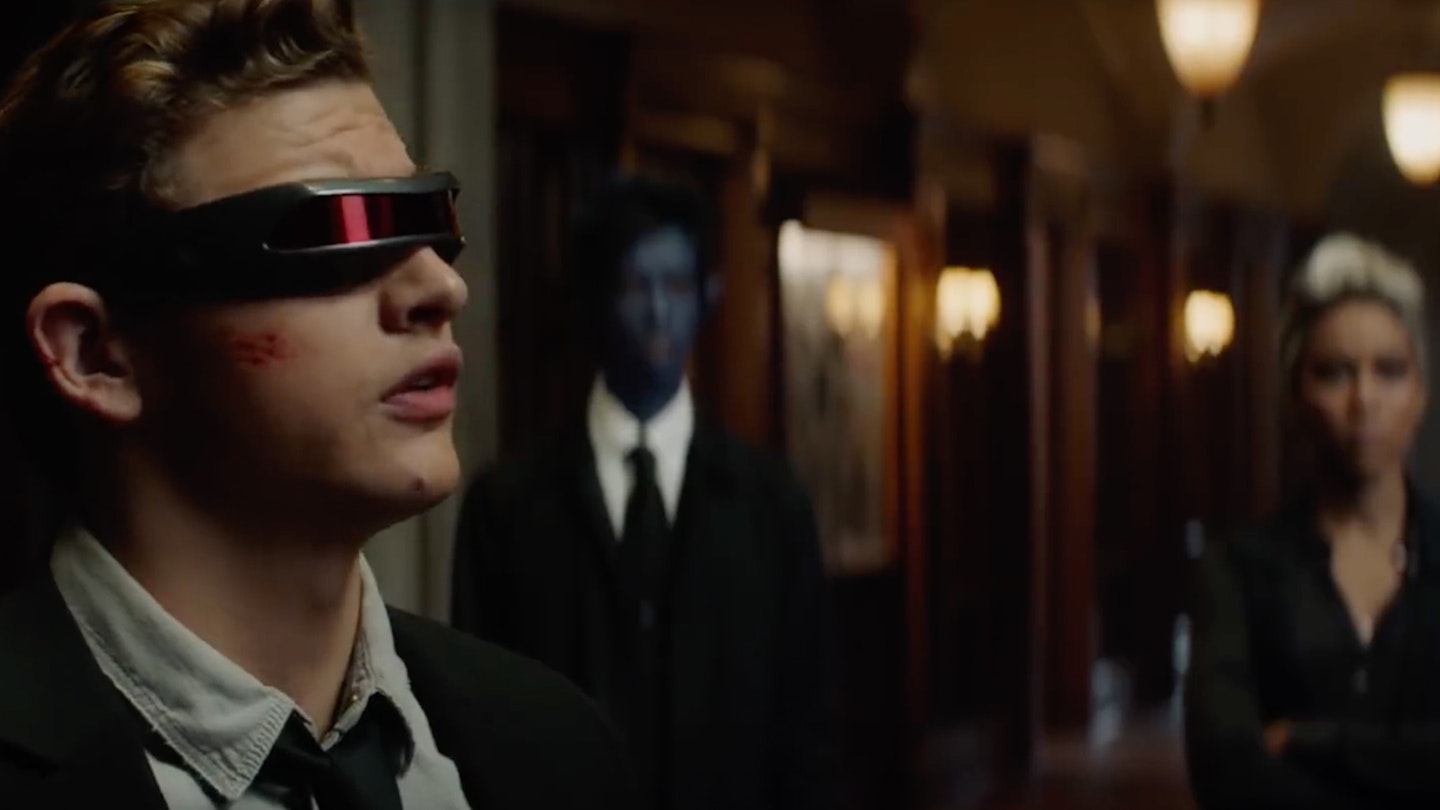
Jean and Scott Summers, aka Cyclops, both entered the prequel saga in Apocalypse, with sparks of chemistry between the two. In the comics and original film trilogy, the pair are a fully-fledged item – and in the intervening nine years they find themselves in a similar place emotionally here. “The love story between Scott and Jean is such an integral part of the Dark Phoenix saga in any iteration, whether it’s the comic book or the cartoons,” reasons Kinberg. “Obviously we don’t have Wolverine, so that’s one less part of that love story. It is very central [to the movie], and they are a couple. As Jean starts to become more unstable, there are people in the X-Men who don’t think she can be helped and saved, many of whom think the world and others need helping and saving from her. And so Scott is probably the most prominent person who’s holding on to the hope that Jean can be saved.”
7) The Village Green Preservation Society
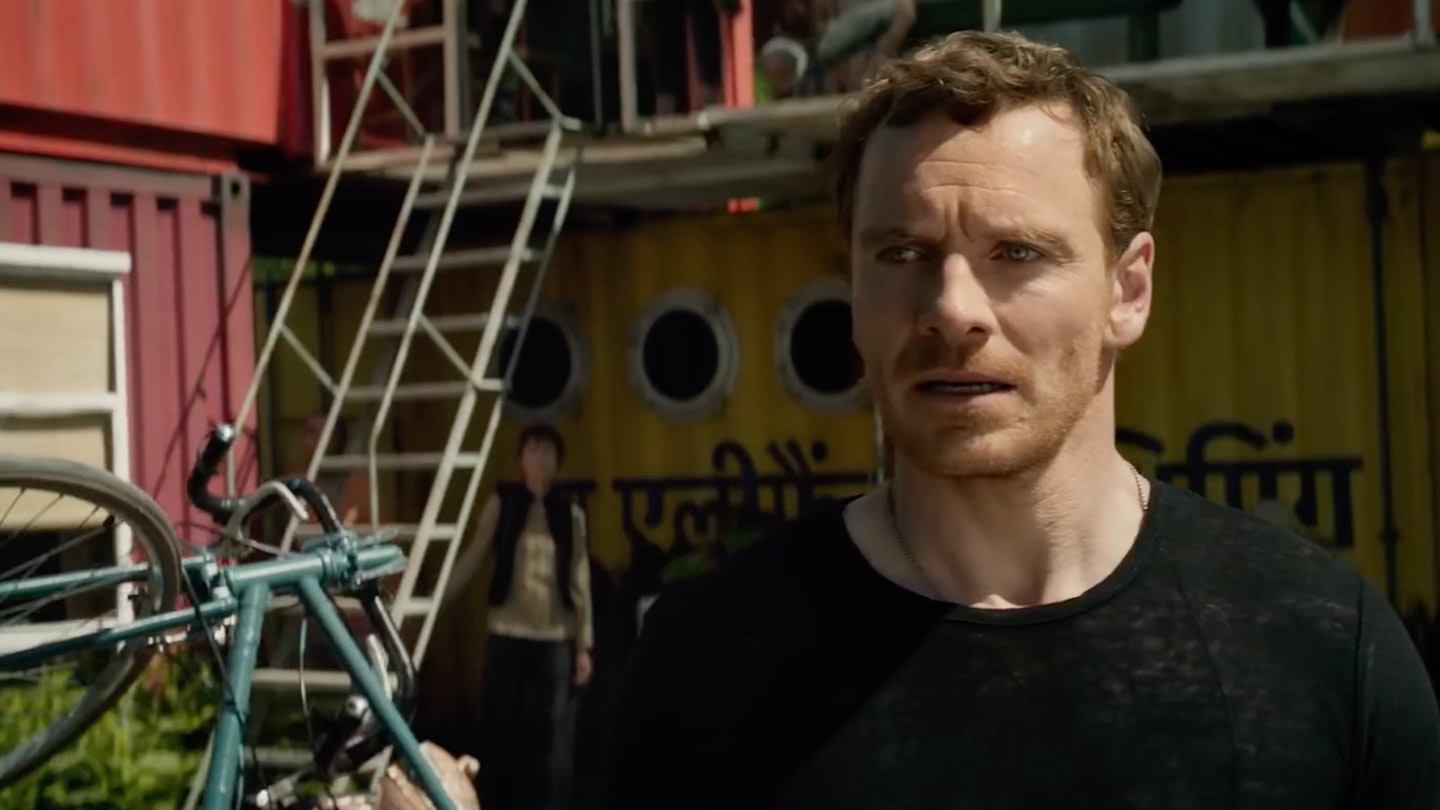
While Charles remained at his mansion to build the X-Men team at the end of Apocalypse, Erik Lensherr, aka Magneto, went his separate way. In the Dark Phoenix trailer, he’s in a leafy commune when Jean approaches him for guidance. “What you’re seeing is the beginnings of Genosha,” reveals Kinberg. “That’s where Erik is when we meet him. It’s like Magneto’s Israel – a land built for mutants, a homeland where they can be safe and self-sufficient.
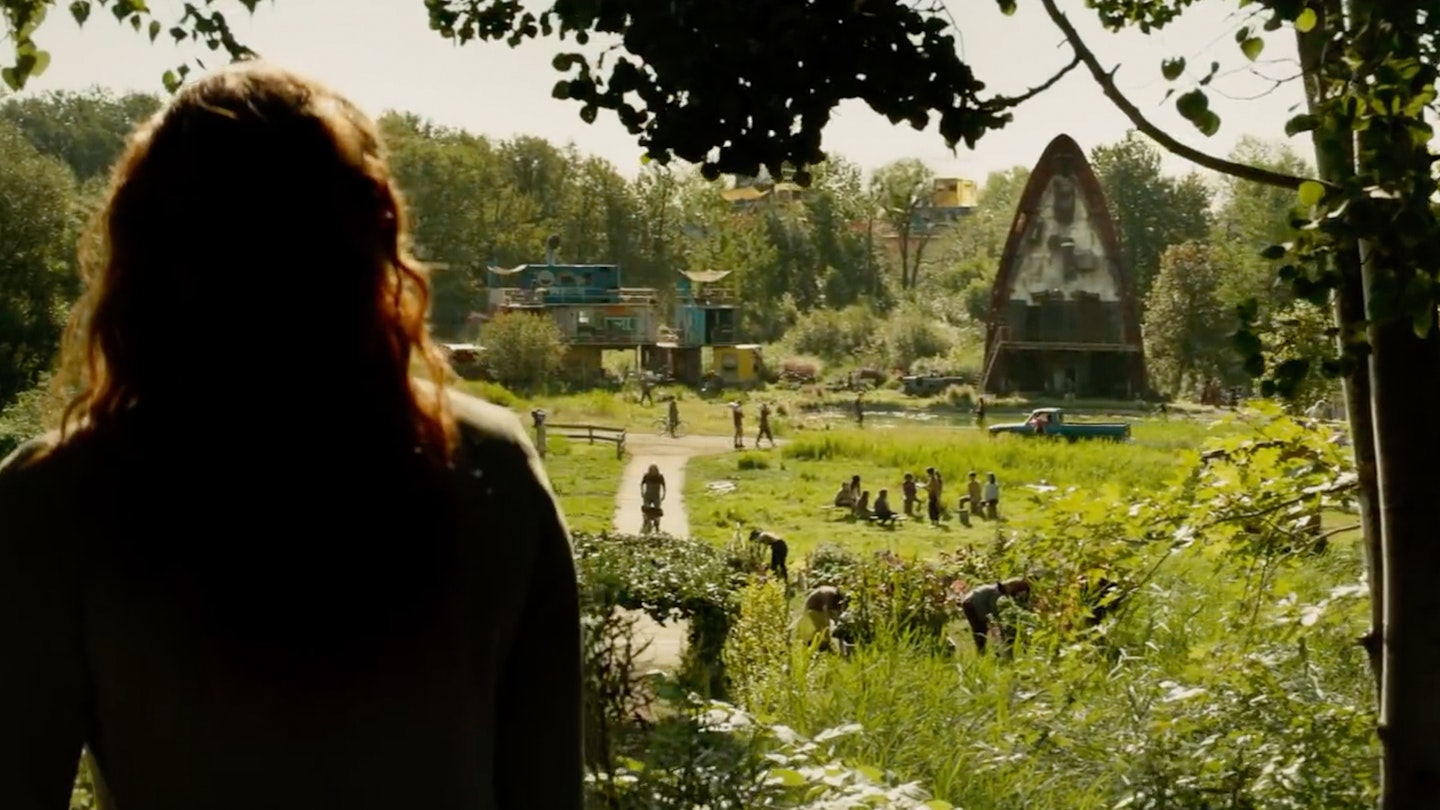
"Jean finds him there because what’s happening to her is making her do destructive things, and she doesn’t know why. The only person she’s known who has done destructive and lethal things in the past but came back from it is Magneto. She feels he alone can give her answers because he’s lived both sides. He’s lost control and killed and hurt people, some of whom he even loved, and yet he’s also found a measure of peace and that’s what she’s searching for.”
8) Intergalactic Influence
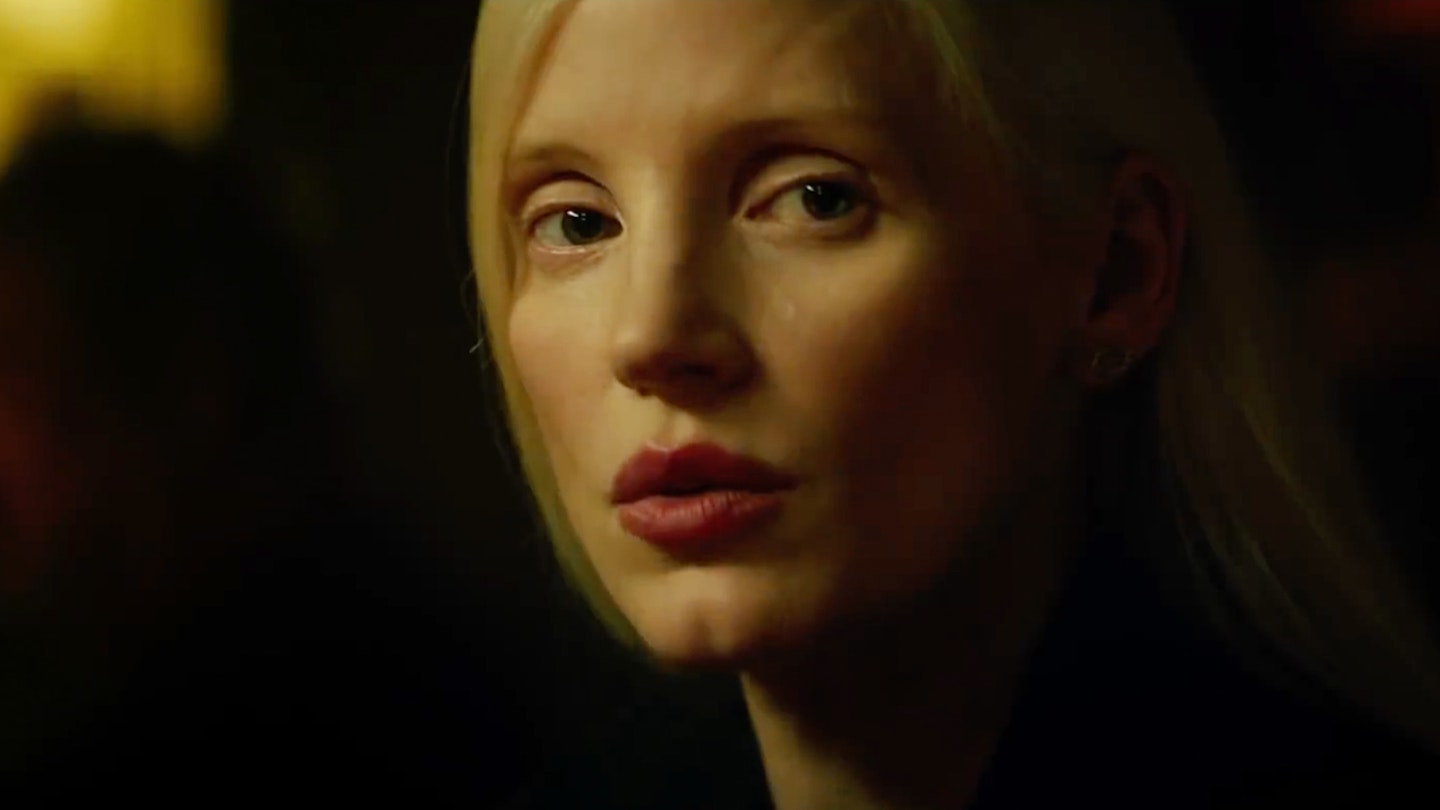
The main new cast addition to the series is Jessica Chastain, who’s gone all platinum-blonde to play… well, we don’t know. But Kinberg elaborated a little on the origins of her character. “I can tell you this much. Jessica’s character is not of this Earth. She’s an extra-terrestrial character, an alien character,” he teases. “I won’t say much more in detail on the specifics of that. While everyone else is trying to control this power inside of Jean, she’s much more interested in essentially encouraging her to go further with it and try to be the peaceful side of herself. She is the devil on Jean’s shoulder, so to speak.”
9) Cosmic Jam

Cut to the end of the trailer, and we get a glimpse of the outer space incident that kicks off the whole Phoenix takeover. “Jean is in space, and what she’s taking in is a cosmic force that she thinks is one thing, and over the course of the movie realises is something far different, that our human science can’t explain,” says Kinberg. “But she needs to find a way to control it or she’ll destroy more than just her friends – and even our planet.”
10) Cracked Actor
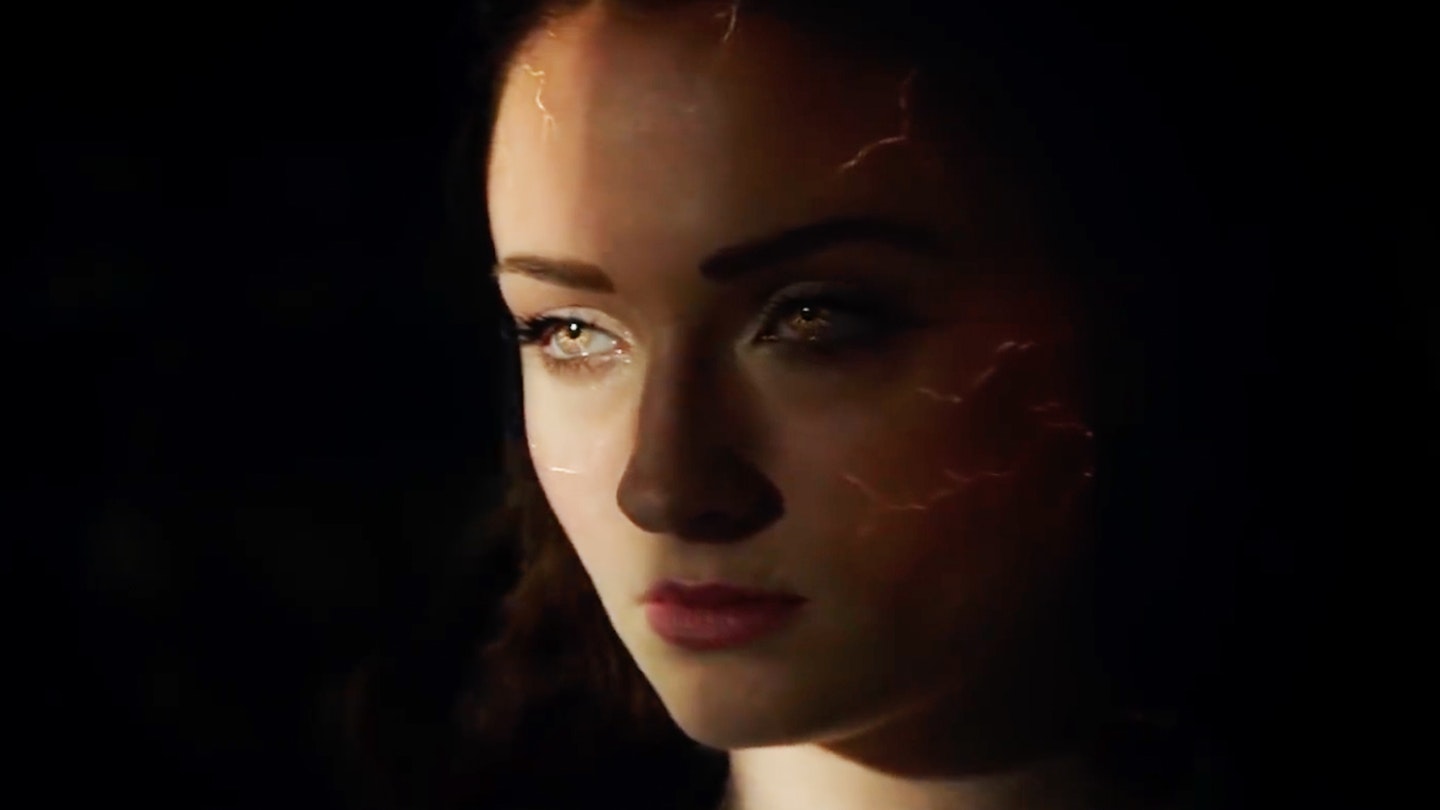
Before the title card, we see Jean in Phoenix mode, face streaked with white lines – and she’s only just getting started. “That’s not maximum [Phoenix]. That’s a two or a three on the Dark Phoenix spectrum,” warns Kinberg. “It is a manifestation of her transformation from the Jean we know into Phoenix. Over the span of the movie we see different symptoms or iterations of that. The lines on her face let you know that Jean is losing control, and that force inside her is trying to escape, push through, take over. Those cracks are almost as if something inside her that’s more powerful than she is is trying to push out of her body.”
11) Earthy Tones
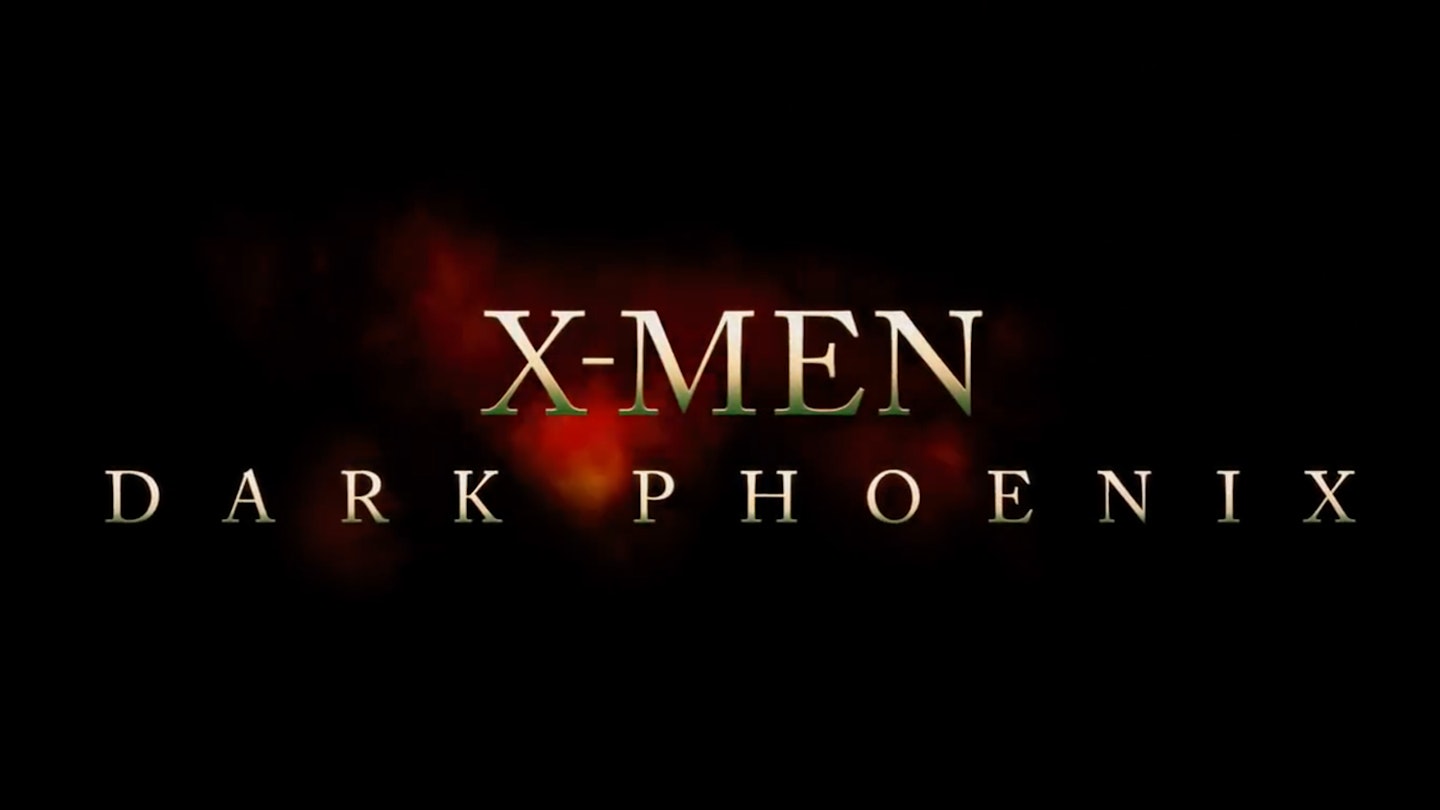
For years, the X-Men logo and title card has been emblasoned in bold metallic fonts – but not here. X-Men: Dark Phoenix (or simply Dark Phoenix, as it’s being called in the US) has a darker, more mellow typeface that Kinberg explains is emblematic of a new tone for the franchise. “The way I wanted to make the movie was very different than the aesthetic of previous X-Men movies, which I’ve been very involved in and proud of,” he says. “But I wanted it to feel more naturalistic, I wanted it to feel edgier, more handmade, more real. I was very inspired by what James Mangold did with Logan, and I felt like if I could bring a measure of that aesthetic in the film that all of the intergalactic and larger-scale things that happen in the movie would feel more shocking, more realistic, more emotional. They’d be grounded in some reality. And so, all of the movie – from the costumes, to the title card, to the set design, to the way the X-jet looks – all of that stuff is just more analogue in a way. More like, let’s say, the original Star Wars movies. Not that analogue, but the movies I grew up loving had this very gritty, edgy, cool, human feeling to them.”
X-Men: Dark Phoenix arrives in UK cinemas on 7 June 2019.
